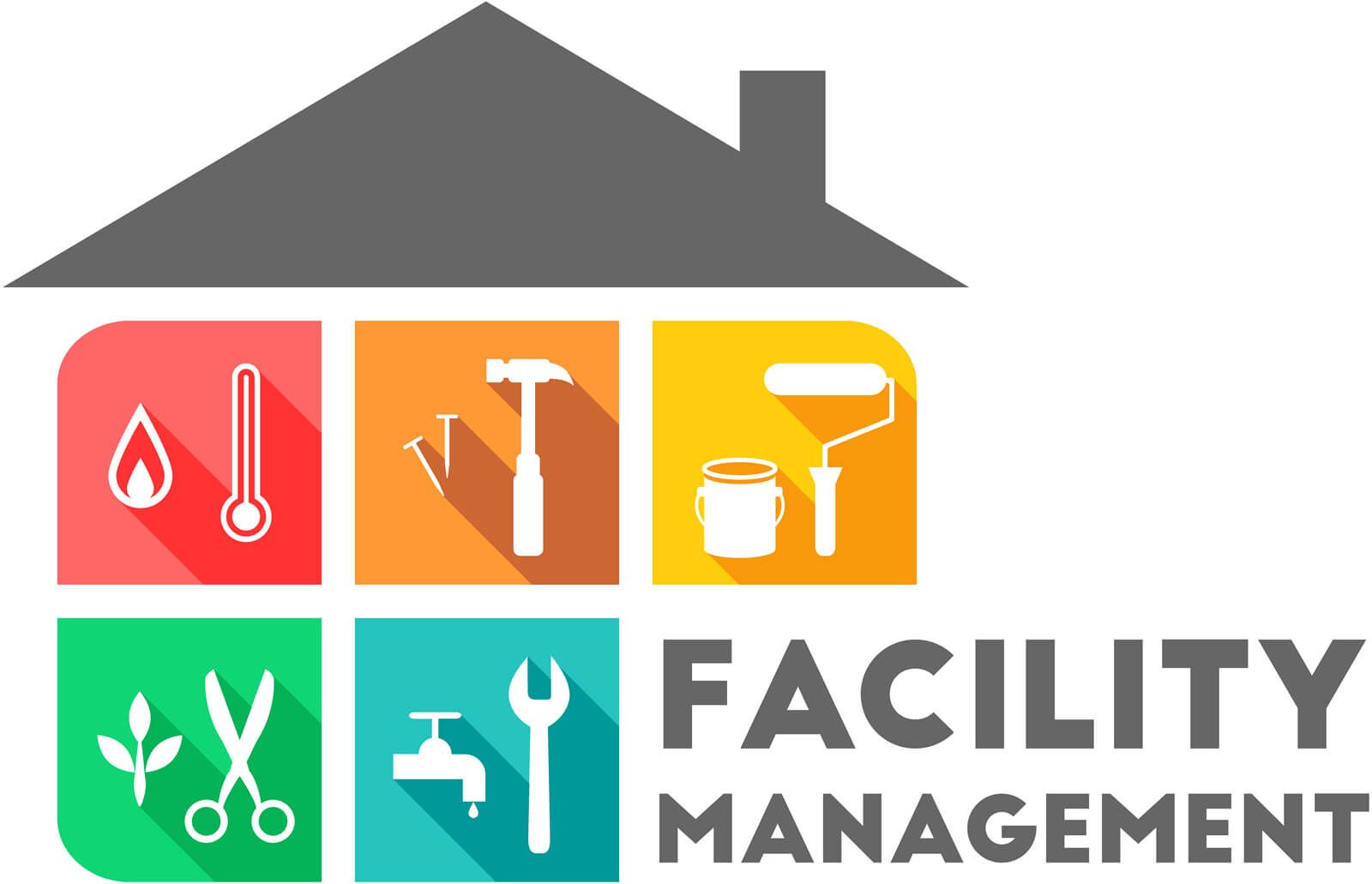How Total Facility Management Can Boost Operational Efficiency and Lower Costs
How Total Facility Management Can Boost Operational Efficiency and Lower Costs
Blog Article
Top Benefits of Total Facility Management for Streamlined Procedures
Total Facility Management (TFM) stands for a strategic strategy to improving operational effectiveness by integrating various solutions, such as maintenance and protection, under a unified management framework. The inquiry stays: what details benefits can organizations harness from taking on TFM, and just how might these benefits change their operational landscape?
Boosted Operational Performance
Improved operational performance is a main benefit of applying total facility management (TFM) methods. TFM includes a thorough approach to taking care of a center's resources, processes, and facilities, inevitably streamlining procedures. By settling various solutions-- such as maintenance, cleaning, area, and security management-- TFM lessens redundancies and improves sychronisation amongst different functional functions.
The combination of innovation further intensifies this efficiency. Advanced facility management systems supply real-time data analytics, enabling facility supervisors to make educated decisions that boost operations and resource allocation. Predictive upkeep methods, as an example, prepare for tools failures before they occur, decreasing downtime and expanding property life-span.
In addition, TFM advertises standardized processes across various divisions, guaranteeing consistency and quality in service delivery. This harmony reduces functional disturbances and fosters a more collaborative working atmosphere. Therefore, employees can concentrate on their core responsibilities, driving efficiency and improving total performance.

Price Decrease and Cost Savings
Carrying out total facility management (TFM) not just enhances operational performance however likewise substantially adds to cost decrease and savings. By settling various solutions under a single management framework, organizations can remove redundancies and simplify processes, thus decreasing operational expenses. TFM makes it possible for better procurement strategies, allowing companies to negotiate bulk getting arrangements with providers and solution carriers, resulting in reduced prices.
Additionally, TFM emphasizes precautionary upkeep, which lessens unanticipated breakdowns and expands the life-span of crucial devices. This positive strategy not just reduces repair work expenses yet likewise boosts the reliability of facilitiess, making certain uninterrupted procedures. Additionally, power efficiency efforts, often a vital focus of TFM, bring about considerable financial savings on energy bills, as facilitiess are enhanced for lowered energy usage.
Improved Source Management
Efficient source management is a foundation of total facility management (TFM), enabling organizations to maximize making use of their assets and workforce. By executing TFM methods, organizations can thoroughly analyze their source allowance, making sure that every asset is made use of successfully and successfully. This holistic strategy enables the identification of underperforming sources and the capacity for reallocation or enhancement.
In enhancement, TFM assists in the combination of innovation for real-time monitoring of sources, which aids in forecasting upkeep needs and preventing pricey downtime. By leveraging information analytics, organizations can make informed choices regarding resource release, inevitably improving efficiency and decreasing waste.
Additionally, TFM promotes a society of continuous renovation, motivating groups to routinely evaluate and improve their resource management practices. Total Facility Management. This aggressive position not only minimizes functional interruptions however also cultivates development, as employees are equipped to suggest improvements based try this website on their direct experiences with source utilization
Streamlined Communication Networks
In total facility management, streamlined communication networks play a crucial duty in promoting collaboration and performance across teams. Reliable communication guarantees that all stakeholders, including facility supervisors, upkeep team, and service suppliers, are straightened with operational needs and organizational objectives. By developing clear lines of communication, groups can quickly address our website worries, share updates, and apply options, thereby decreasing downtime and improving performance.
With streamlined interaction platforms, details is conveniently available, enabling for real-time updates on upkeep requests, source allotment, and project timelines. This openness not only minimizes misunderstandings yet also empowers staff members to make informed choices swiftly. Additionally, structured communication facilitates much better sychronisation throughout emergency situations, guaranteeing that all workers are notified and can respond promptly.

Raised Emphasis on Core Activities
An essential benefit of total facility management is the boosted concentrate on core activities, permitting organizations to focus on their key company purposes - Total Facility Management. By outsourcing non-core functions such as upkeep, cleaning, and security, firms can redirect their resources and power towards calculated campaigns that straight add to their affordable advantage and growth
Total facility management integrates different operational tasks under a single umbrella, fostering effectiveness and lessening redundancy. This loan consolidation not just simplifies procedures however additionally boosts accountability, ensuring that every aspect of the facility operates sympathetically without drawing away focus from what truly matters-- core business functions.
Moreover, this strategy enables employees to devote their effort and time to tasks that drive development and enhance consumer complete satisfaction, as opposed to getting stalled by functional difficulties. With a reputable facility management companion managing day-to-day procedures, organizations can achieve higher agility, react promptly to market changes, and maintain a sharper emphasis on their goal.
Eventually, boosted concentrate on core activities results in boosted general efficiency, enabling companies to reinforce their market setting and satisfy their tactical objectives better. - Total Facility Management
Conclusion
In final thought, Total Facility Management significantly boosts functional efficiency by settling vital services and leveraging information analytics for notified decision-making. Expense reductions and enhanced resource management add to overall financial savings, while structured communication channels foster cooperation among stakeholders.
Total Facility Management (TFM) stands for a calculated method to improving operational performance by incorporating various services, such as maintenance and security, under a unified management framework.Boosted operational efficiency is a key benefit of applying total facility management (TFM) approaches. Advanced facility management systems give real-time information analytics, enabling facility supervisors to make enlightened decisions that enhance workflow and resource allocation.Implementing total facility management (TFM) not just boosts operational other effectiveness yet likewise dramatically contributes to cost reduction and financial savings.Effective resource management is a cornerstone of total facility management (TFM), allowing companies to enhance the use of their assets and workforce.
Report this page